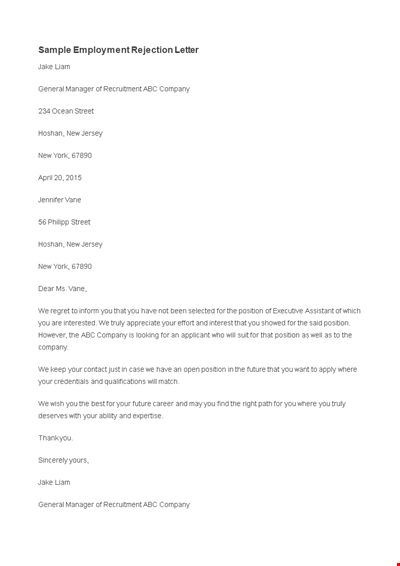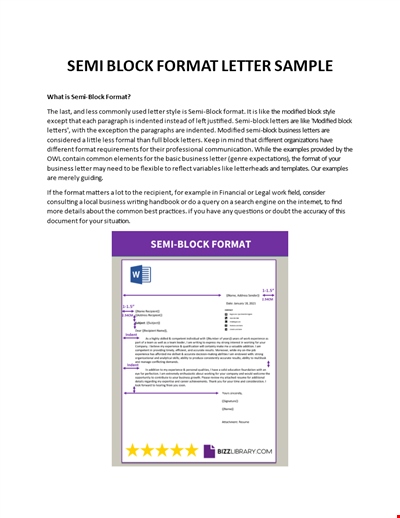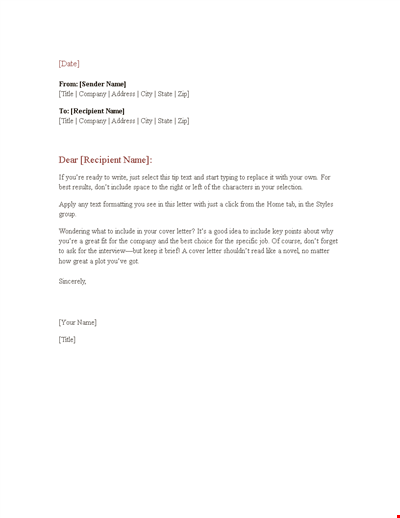/719c98a4-1a37-485e-92ca-b7452f84f3cd.png)
Simultaneous Conditioning Example - Group Conditioning Principles
Review Rating Score
Understanding the concept of simultaneous conditioning can be easier with an example. In this article, we will explore a simultaneous conditioning example that involves a group of participants and an odor stimulus. Simultaneous conditioning is a type of classical conditioning where the conditioned stimulus (CS) and the unconditioned stimulus (US) are presented at the same time. Let's dive into the example to grasp the concept more effectively.
The Simultaneous Conditioning Example
Imagine a study in which a group of participants is involved in a simultaneous conditioning experiment. The researchers want to investigate the effects of odor on emotional responses. They choose a specific odor as the conditioned stimulus (CS) and a loud noise as the unconditioned stimulus (US). Here is how the experiment is conducted:
- Initial Phase: The participants are introduced to the odor (CS) and the loud noise (US) simultaneously. Whenever the odor is presented, the loud noise is also played at the same time. This pairing of the odor and the loud noise occurs repeatedly during the initial phase of the experiment.
- Conditioning Phase: After the initial phase, the participants have been conditioned to associate the odor (CS) with the loud noise (US). Now, the researchers can present only the odor as the conditioned stimulus (CS) without the loud noise (US).
- Response: As a result of the conditioning, the participants start to exhibit a conditioned response (CR) when they encounter the odor (CS) alone. The conditioned response could be an emotional reaction, such as increased heart rate or feelings of anxiety, which is associated with the previous experience of the loud noise (US).
Why Download the Simultaneous Conditioning Example PDF?
To gain a deeper understanding of simultaneous conditioning and its applications, it can be helpful to have access to a comprehensive example that outlines the process step-by-step. Our Simultaneous Conditioning Example PDF provides the necessary information related to group experiments, the role of odors as conditioned stimuli, and the formation of conditioned responses.
Download our Simultaneous Conditioning Example PDF now from our website, BizzLibrary.com. It's a valuable resource for students, researchers, and anyone interested in learning about classical conditioning and its various forms. So don't miss out on this opportunity to enhance your knowledge and improve your understanding of simultaneous conditioning!
Is the template content above helpful?
Thanks for letting us know!
Reviews
Deandre Spence(7/24/2023) - GBR
Thank you for the letter!!
Author. Content was provided by:
Elizabeth Davis
Elizabeth is from the sunny desert city of Phoenix, Arizona. She is thrilled to connect with professionals and like-minded individuals who share a passion for social technologies, content creation, and the exciting possibilities that AI brings to the world of social media. Her hobbies are hiking, climbing, and horse riding. Elizabeth has a master's degree in Social Technologies that she received at the ASU (Arizona State University). As a freelancer, she mostly contributes content related to IT. This includes articles on templates and forms provided by our community.
Follow Elizabeth
Last modified
Our Latest Blog
- The Importance of Vehicle Inspections in Rent-to-Own Car Agreements
- Setting Up Your E-mail Marketing for Your Business: The Blueprint to Skyrocketing Engagement and Sales
- The Power of Document Templates: Enhancing Efficiency and Streamlining Workflows
- Writing a Great Resume: Tips from a Professional Resume Writer
Template Tags
Need help?
We are standing by to assist you. Please keep in mind we are not licensed attorneys and cannot address any legal related questions.
-
Chat
Online - Email
Send a message
You May Also Like

Recommendation Letter for a Position

Sample Employment Rejection Letter

Good news letter example

Semi Block Format Letter Template

Clean corporate Presentation Template

Letterhead Business Word

Include and Format Your Formal Business Letter Correctly

Travel Business Letterhead Format

Formal Letter For Change Of Address Format

Basic Customer Service Letter Text

White Hat Eulogy Example

Complaint Letter Format for Poor Internet Service - Improve Your Network, Internet, and Router

Childcare Voucher Template | Get Discounts on Childcare with Vouchers

School Teacher Satisfaction Survey: Evaluating Teacher-Student Experience and Years of Service

Final Corporate Strategic Plan for Community Strategic County Norfolk

Company and Financial Management - Iberia Group